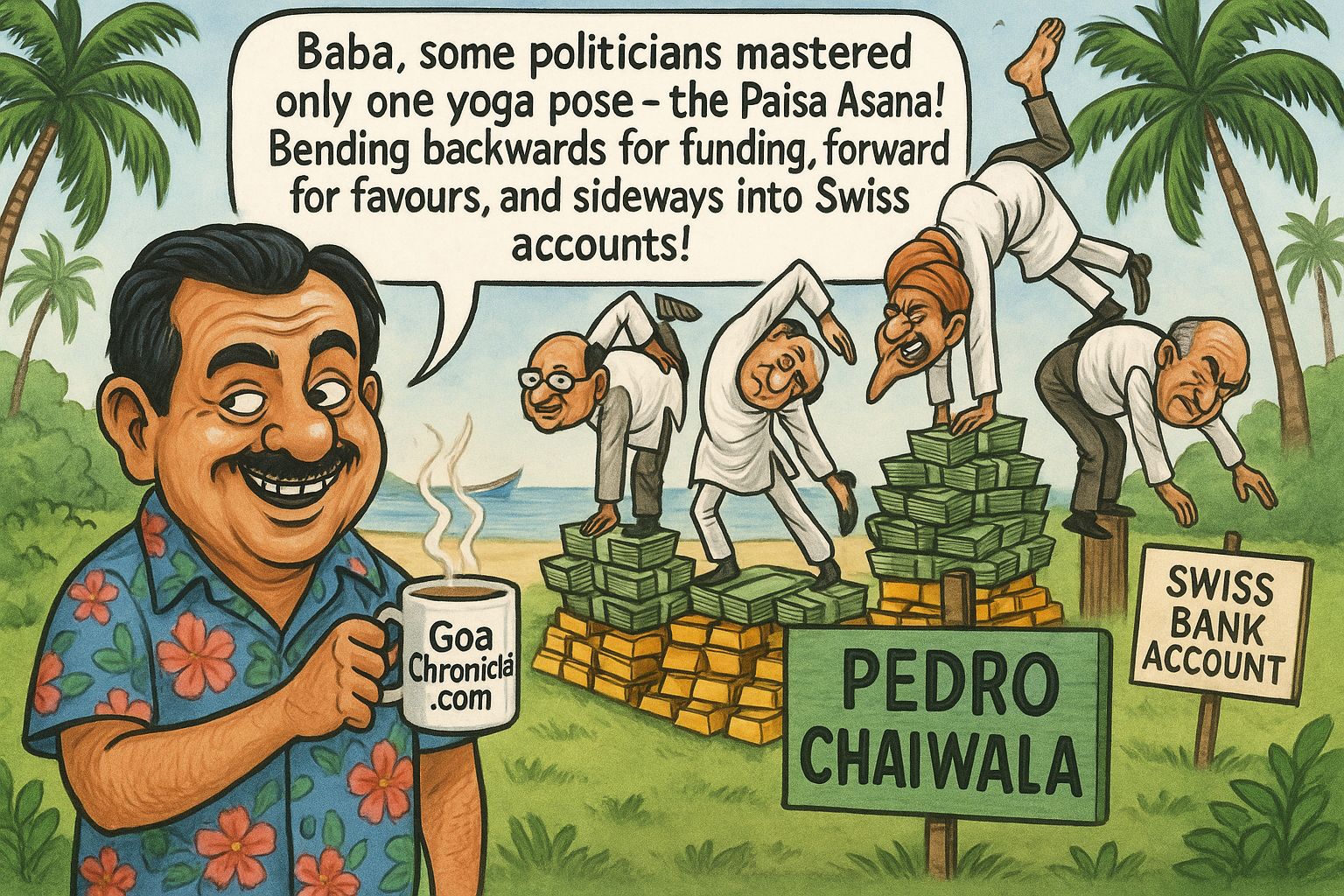The story of Mufti Noor Wali Mehsud, chief of the Tehreek-e-Taliban Pakistan (TTP), is Pakistan’s self-made tragedy. A nation that used militancy as a foreign-policy tool now faces the monster it created. Noor Wali’s journey, from a madrasa-trained cleric in Waziristan to the architect of Pakistan’s internal insurgency, shows what happens when ideology is weaponised and then loses control.
Roots of Faith and Fire
Born in South Waziristan, Noor Wali belonged to the proud Mehsud tribe. He studied in Deobandi madrasas, immersed in rigid interpretations of faith. Early in life, he joined Jamiat Ulema-e-Islam (JUI-F), the same movement that produced many of Pakistan’s radical clerics.
After 9/11, his worldview hardened. Pakistan’s alliance with the United States was, to him, betrayal. He saw the Afghan Taliban as true defenders of Islam and Pashtun honour. That sense of betrayal would define his path.
2007: Birth of the TTP
In 2007, Baitullah Mehsud unified several militant groups to form the TTP. Noor Wali became one of his most trusted aides. The new organisation vowed to impose Sharia law in Pakistan and punish the Army for “serving the infidels.”
The TTP’s war soon reached Pakistan’s cities. Bombings ripped through markets and mosques. In Peshawar, over 140 children were killed at the Army Public School. The state that once encouraged jihad found itself its prime target.
2014: The Betrayal
The turning point came with Operation Zarb-e-Azb (2014). Pakistan’s Army launched a massive offensive in North Waziristan. But the campaign was selective. The Haqqani Network and Afghan Taliban were spared; the TTP was not.
Noor Wali escaped into Afghanistan and vowed revenge. From across the Durand Line, he rebuilt his network. Pakistan had turned its “strategic assets” into sworn enemies.
The Scholar-Terrorist
When Mullah Fazlullah was killed in 2018, Noor Wali took over as TTP chief. Unlike his predecessors, he was not a warlord but a scholar. Calm, disciplined, and ideological, he provided direction to chaos.
He wrote “Inqilab-e-Mehsud: From British Raj to American Imperialism.” In it, he portrayed Pakistan as a colonial oppressor and the Army as an instrument of Western control. His words resonated across the tribal belt, where anger against Islamabad ran deep.
Reorganisation and Resurgence
Between 2019 and 2024, the TTP regrouped under Noor Wali. Splinter factions re-joined him. Attacks on security forces rose sharply. Police posts, army patrols, and Chinese engineers on the China-Pakistan Economic Corridor (CPEC) were all targeted.
Pakistan sought talks through Taliban mediation (2021–22), but Noor Wali refused compromise. He demanded reversal of FATA’s merger with Khyber Pakhtunkhwa and full implementation of Sharia. Islamabad rejected both. The ceasefire collapsed. By 2023, the TTP was back in control of several tribal zones, collecting taxes and enforcing its own courts.
2025: The Kabul Strikes
In October 2025, the Pakistani Air Force struck targets in Kabul, claiming to have hit Noor Wali’s hideout. It was Pakistan’s first cross-border pre-emptive strike, an attempt to copy India’s OPERATION SINDOOR doctrine of precise, punitive action.
But imitation failed. Hours later, Noor Wali released an audio message:
“Media propaganda is false. I am in my tribal land and safe.”
Where India’s OPERATION SINDOOR was a display of confidence and control, Pakistan’s effort reeked of panic. The difference lay not in firepower but in purpose.
Implications for India
1. Pakistan’s Internal Crisis is India’s Advantage
The TTP’s resurgence has forced Pakistan to divert troops inward. Its western border now drains manpower and resources. The Line of Control faces less pressure, giving India strategic breathing space.
2. Shifting Regional Equations
The Kabul strikes have strained Islamabad-Kabul ties. India’s quiet diplomatic presence in Afghanistan gains importance as Pakistan’s credibility declines. A divided Pakistan-Afghanistan axis indirectly stabilises India’s neighbourhood.
3. Guarding Against Radical Spillover
Instability across the border can export extremism. Disillusioned militants may seek new fronts, including Kashmir. India must stay alert and strengthen counter-terror intelligence.
4. Validation of India’s Doctrine
Pakistan’s mimicry of OPERATION SINDOOR is itself an admission. India’s proactive, intelligence-based doctrine has set the regional benchmark. Yet such strategies succeed only when backed by integrity and national will, virtues Pakistan lacks.
The Monster Within
Noor Wali Mehsud’s war is Pakistan’s reckoning. It shows that a nation cannot cultivate hate and expect peace at home. Pakistan’s generals once believed they could direct jihad like a remote-controlled weapon. That illusion has exploded.
Today, Pakistan’s biggest enemy is not India or the U.S. It lies within, rooted in ideology, nurtured by hypocrisy, and fed by denial. The fire it lit for others now burns its own house.
For India, the path is clear: stay strong, stay vigilant, and let Pakistan fight its own ghosts.
Because, as I often say with a touch of humour, in 1947, India was not divided on the basis of religion, but on the basis of IQ. The higher IQ preferred to stay on this side of the Radcliffe Line.
































